9 Animals that Hibernate and Their Characteristics
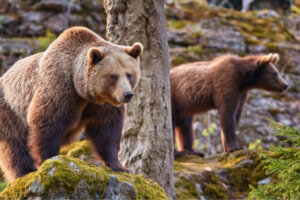
Hibernation is a strategy practiced by certain animals to survive those times of the year when cold and a lack of food pose a danger to survival. Animals that hibernate enter a state of inactivity where they reduce their physiological processes, in order to minimize energy expenditure and survive until the environment is friendlier.
The animal that comes to mind when you think of hibernation may be the bear, but many other living beings do the same, and you may not have known about them. In the following lines, you’ll find a list of some of the animals that hibernate when the cold weather arrives, along with their characteristics.
How do animals hibernate?
Hibernation is an adaptive mechanism that modifies both the behavior and the normal metabolism of the species. In order to survive the lack of food for such a long time, species first tend to hoard food and generate fat reserves in their bodies. In this way, their body is able to resist for such a long time without food.
In addition, some species also seek or build special shelters for hibernation. They do this to make sure that they’ll be safe and that no predator will be able to find them. As if this weren’t enough, certain animals also hide some extra food in these places, because, during hibernation, they wake up for short periods of time to consume food and return to their deep sleep.
Some of the most famous examples are:
1. Chipmunks, animals that hibernate under the ground
Chipmunks are a group of mammals that belong to the Sciuridae family and come from North America. These small rodents with dark stripes on their backs spend the spring, summer, and fall foraging, burying seeds, or breeding. When winter comes, however, chipmunks disappear.
Actually, they don’t disappear, but rather bury themselves in burrows that they dig nearly a meter (3 feet) deep. These burrows aren’t built just before winter arrives; they’re always there. These animals use them to store food, which will serve as a nutritional supply during the hibernation months.
While the chipmunks are buried, their body temperature drops drastically and they fall into a deep sleep, which will only be interrupted to take the occasional morsel from their reserves.
Unlike chipmunks, other hibernating animals don’t store food in a burrow. Instead, they accumulate a large amount of fat inside their bodies. Let’s look at the most well-known example.
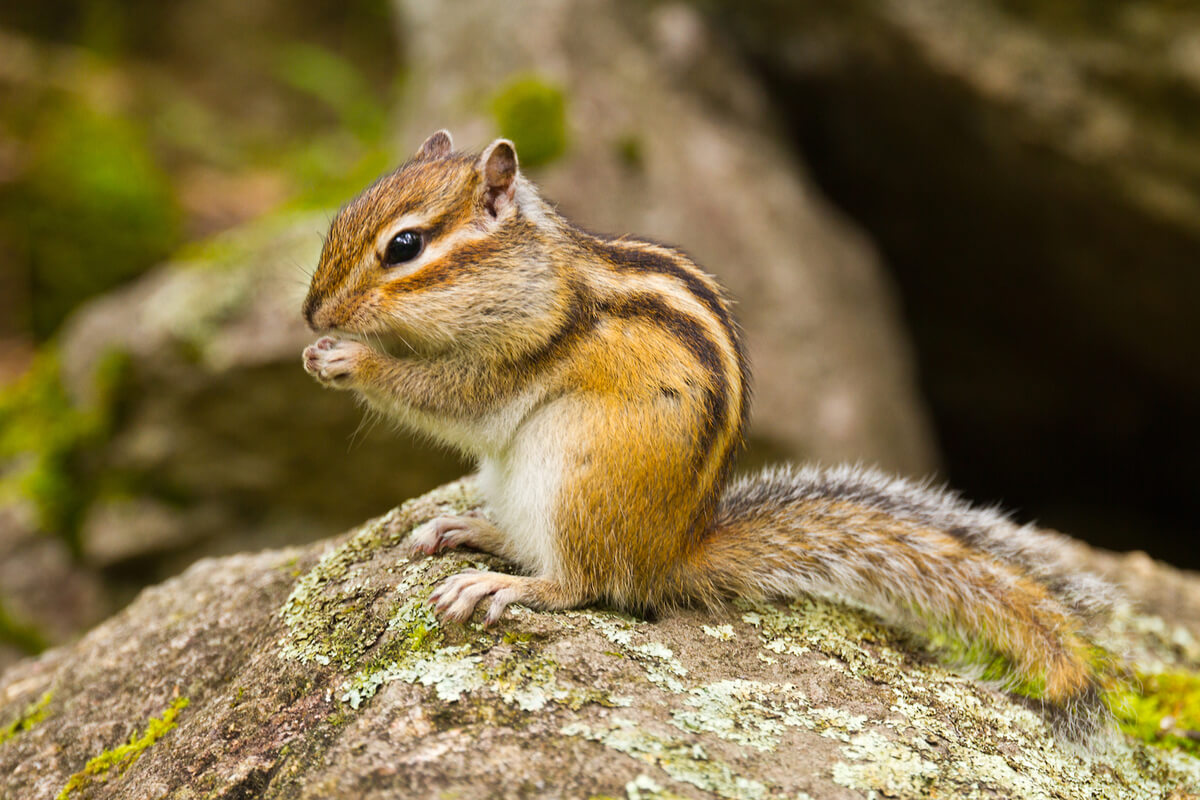
2. The bear: the most popular hibernating animal
There are many different species of bears in the world and all of them hibernate. However, there’s a serious problem resulting from climate change: bears in many parts of the world are stopping hibernating. Although this may seem unimportant, it’s a situation that could endanger the species’ survival.
Bears don’t store food in bear dens; on the contrary, they feed as much as possible to store fat in their bodies to provide the necessary energy until the following spring.
On the other hand, it’s during hibernation when females begin to gestate the eggs that were fertilized during the spring. That’s right, bears copulate when the temperature is pleasant, but embryonic development doesn’t occur until the bear begins to hibernate.
Bears build their own dens and will never use the same one again from one year to the next, but these can be used by other bears or animals. When a bear hibernates, it sleeps deeply and doesn’t wake up again until spring.
However, bears do end their hibernation in the middle of winter to give birth and care for their newborn cubs. For this reason, when they come out of the bear den they’re really hungry.

3. Bats
Many bats, like birds, decide to head for warmer climates when winter arrives, although not all of them leave. Some bat species prefer to hide in deep, dark caves until better times arrive.
On the other hand, some bats prefer to shelter in human buildings, such as barns, attics, and basements. The coexistence between these animals and humans has a long history and, although many people fear them, the vast majority of them are harmless and keep insects at bay.
Unlike chipmunks or bears, bats don’t store food or extra fat in their bodies. These animals simply fall into a deep sleep that can last up to 6 months. During this period, their heart rate and temperature drop to limits that would make you think they are dead.
This strategy is imitated by other animal species, such as some reptiles and amphibians, even insects.
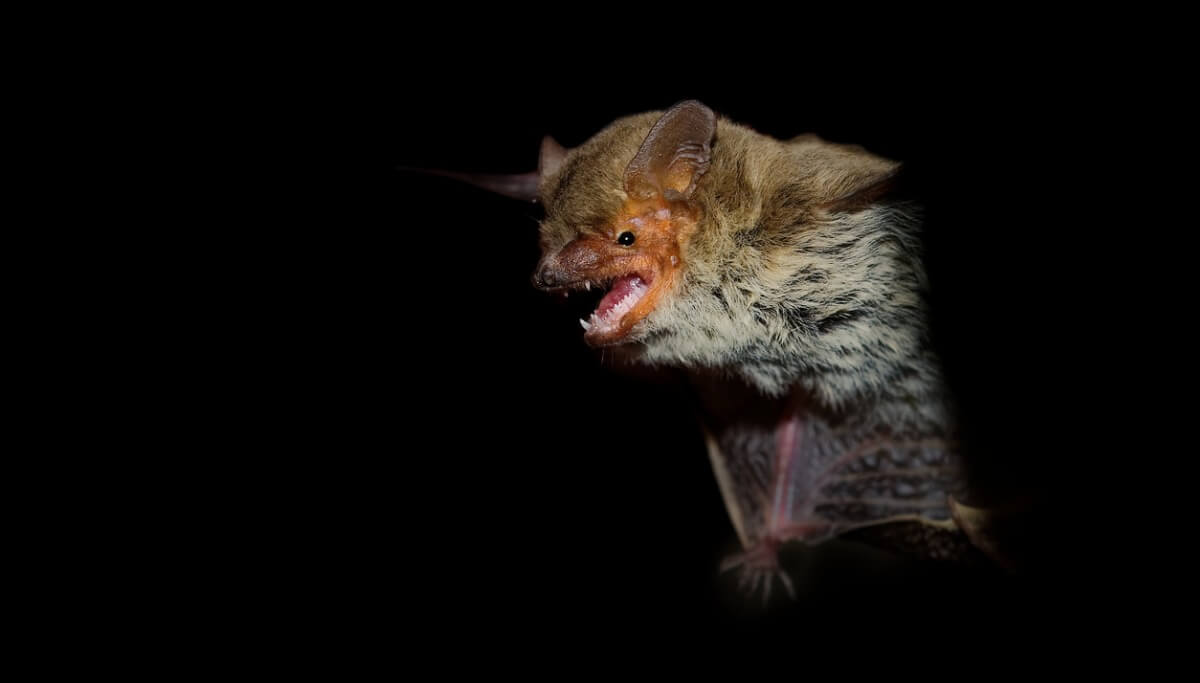
4. Box turtles
Box turtles have a similar strategy to bats during hibernation. These animals are also common as pets, so it’s highly recommended to provide them with this period of inactivity so that their biology is complete.
Thanks to their shell, tortoises don’t need to hide in burrows. When the days become shorter and temperatures drop, these animals partially bury themselves and go inside their protective shells.
When they enter the hibernation period, if there are no unexpected changes in the environmental temperature, tortoises will remain hibernating for 3 to 4 months. However, they may wake up when they need to drink water. For this reason, when keeping this type of tortoise as a pet and it goes into hibernation, water should always be left nearby.
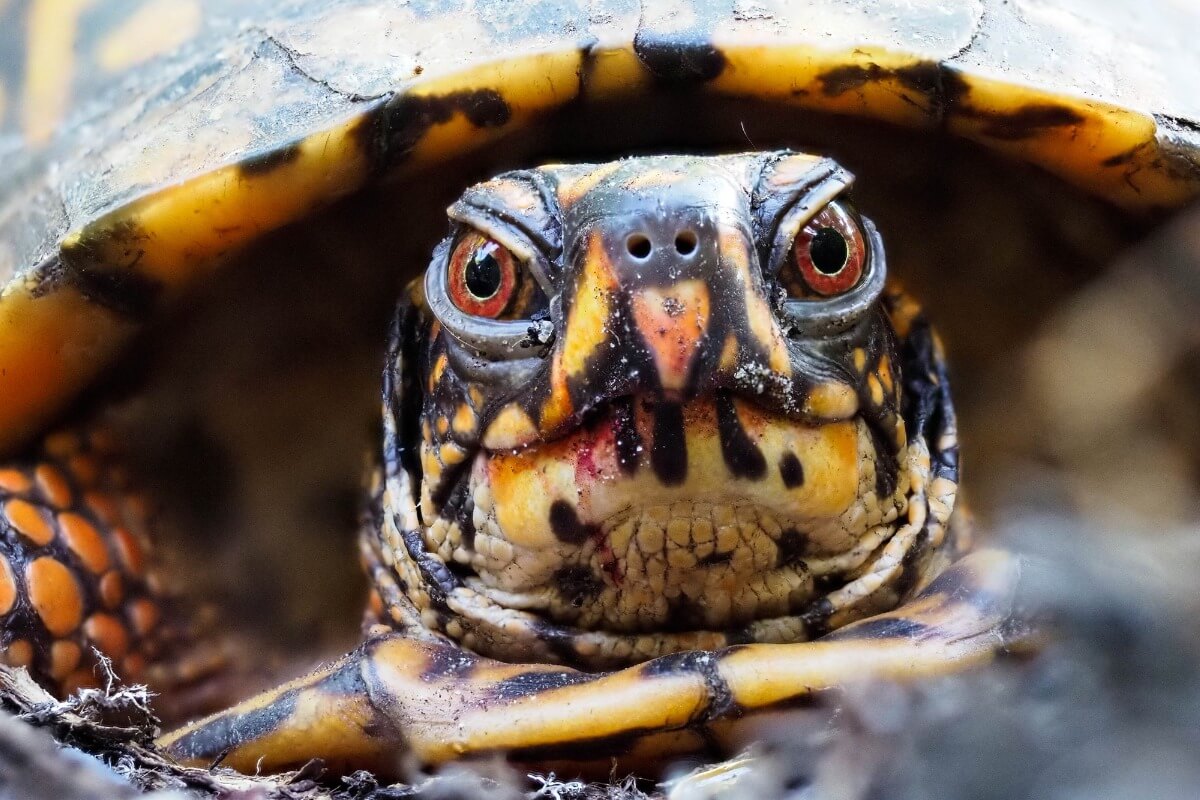
5. Dwarf lemurs
Among mammals, the case of hibernation of dwarf lemurs is a little different, as it’s the only group of primates that can perform this process. In fact, contrary to what happens in other animals, such as bears that store fat throughout their bodies, these curious animals store fat in their tails.
In addition, their hibernation process is usually designed to survive the extreme heat of Madagascar. Thanks to this, their small heart beats only a few times per minute, and their breathing takes about 20 minutes from breath to breath.
6. Hedgehogs
Hedgehogs aren’t only known for having a body with spines that make them look dangerous; they’re also well known for being able to hibernate. As with other animals, these mammals eat well throughout the year to generate body fat to help them endure the winter. In this way, they hide away in their shelter during the coldest times of the year.
The duration of hibernation in hedgehogs depends very much on environmental conditions. It may take only a few weeks, or several months, depending on fat reserves and the outside temperature. In some cases, it’s possible for them to wake up earlier, although this only happens when its life is in imminent danger.
7. Marmots
Marmots are one of the most peculiar hibernating animals in existence, since the whole family sleeps together inside their burrows. They usually prepare and generate fat reserves throughout the year to withstand the hibernation period. However, some species are able to interrupt this process several times to go out in search of food.
8. Bumblebee
Bumblebees are curious insects that are very similar to bees, only their bodies are a bit larger and hairier. Moreover, they maintain a social organization similar to that of their relatives, so that they’re governed by the presence of a queen who raises all the other castes.
In winter, bumblebees go out to work as if it were just another normal day. However, the low temperatures cause a large part of the population to die in this act. For this reason, the queen stores a large amount of food reserves inside her body, and buries herself in the ground to hide and go into hibernation.
Once the cold season passes, the queen will emerge from the ground and form a new colony from scratch. In this way, the lineage is maintained for another year and their life cycle is repeated.
9. Land snails, another animal that hibernates
Hibernation is also a very important process for animals unable to maintain a constant body temperature. Thus, snails begin to hibernate just before temperatures drop.
When they notice that the days are a little cooler, these animals seek shelter in places where they know it will not freeze, such as areas with lots of vegetation, under rocks, etc.
When they decide to hibernate, they only need to get inside their shells. To protect themselves, they cover the opening with their own slime, which also allows them to remain attached to the surface of their choice. Something very curious about these animals is that they love to hibernate in groups.
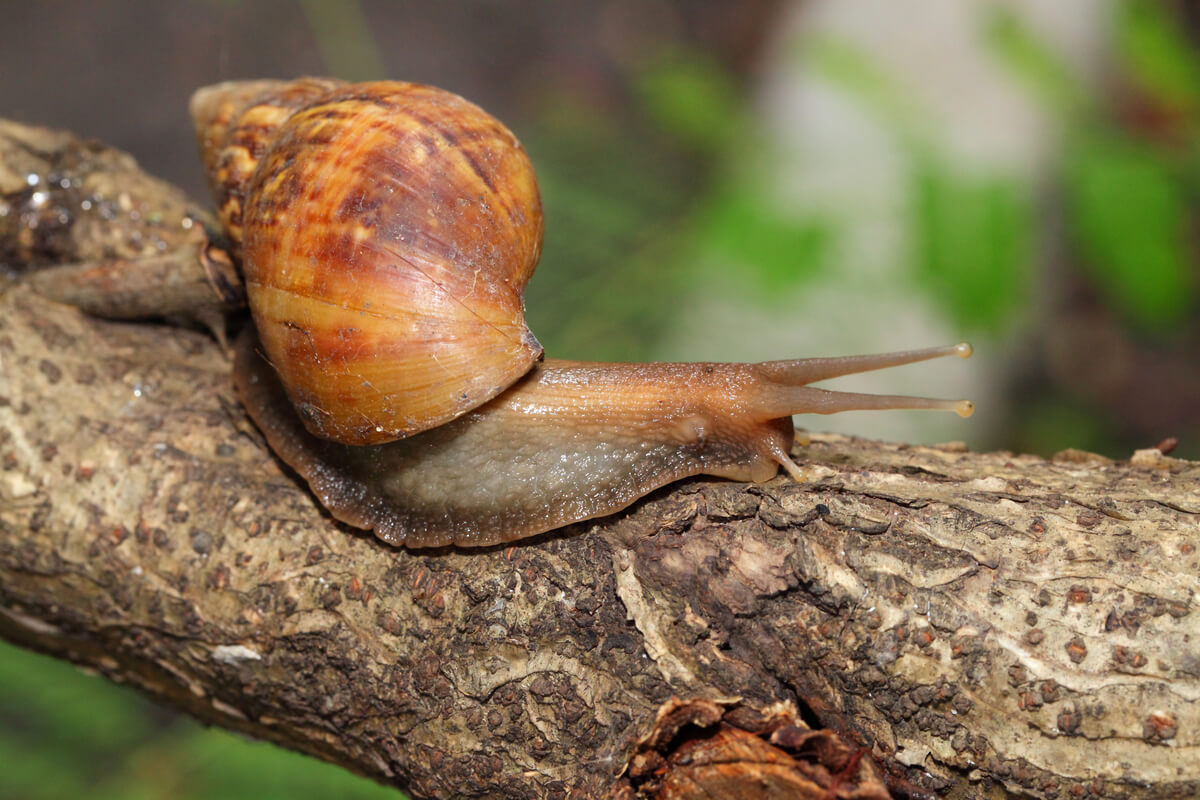
As you’ve seen, the diversity of animals that hibernate is very wide, as well as their characteristics and the duration of these periods. As a general rule, if you come across a hibernating animal, don’t disturb it, as this could endanger its survival.
All cited sources were thoroughly reviewed by our team to ensure their quality, reliability, currency, and validity. The bibliography of this article was considered reliable and of academic or scientific accuracy.
- Andrews, M. T., Squire, T. L., Bowen, C. M., & Rollins, M. B. (1998). Low-temperature carbon utilization is regulated by novel gene activity in the heart of a hibernating mammal. Proceedings of the National Academy of Sciences, 95(14), 8392-8397.
- Whitten, B. K., & Klain, G. J. (1968). Protein metabolism in hepatic tissue of hibernating and arousing ground squirrels. American Journal of Physiology-Legacy Content, 214(6), 1360-1362.
- Stieler, J. T., Bullmann, T., Kohl, F., Tøien, Ø., Brückner, M. K., Härtig, W., … & Arendt, T. (2011). The physiological link between metabolic rate depression and tau phosphorylation in mammalian hibernation. PloS one, 6(1), e14530.
- Makinson, J. C., Woodgate, J. L., Reynolds, A., Capaldi, E. A., Perry, C. J., & Chittka, L. (2019). Harmonic radar tracking reveals random dispersal pattern of bumblebee (Bombus terrestris) queens after hibernation. Scientific reports, 9(1), 1-11.
This text is provided for informational purposes only and does not replace consultation with a professional. If in doubt, consult your specialist.